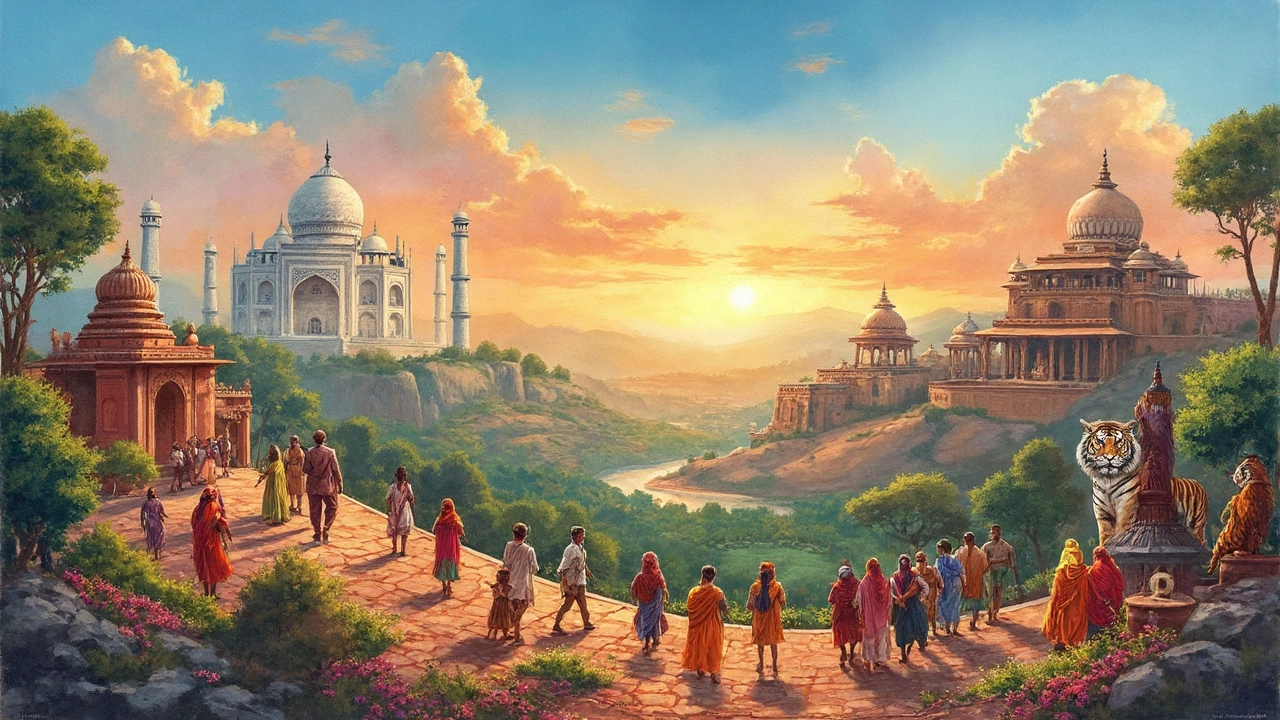World Heritage Sites in India: Top UNESCO Locations and What Makes Them Special
When you think of World Heritage Sites, places recognized by UNESCO for their outstanding cultural or natural value to humanity. Also known as UNESCO World Heritage Sites, these are the landmarks that tell the story of who we are and where we came from. India is home to 43 of them — more than any country in South Asia. From the marble grandeur of the Taj Mahal, a 17th-century mausoleum in Agra, built by Emperor Shah Jahan in memory of his wife to the ancient stepwells of Gujarat, these sites aren’t just tourist spots — they’re living pieces of history that still shape daily life.
These sites fall into two main types: cultural heritage, human-made places like temples, forts, and cities that reflect centuries of tradition, art, and architecture, and natural heritage, areas protected for their ecological importance, like the Sundarbans mangroves or the Western Ghats mountain range. Some, like Khajuraho’s temples, mix both — stunning sculptures carved into stone that also sit in a landscape that’s remained unchanged for hundreds of years. You won’t find these places in a textbook alone; you’ll find them in the quiet rituals of villagers, the echoes of chants in temple courtyards, and the trails where trekkers still follow the same paths as ancient pilgrims.
Visiting these sites isn’t just about checking a box on your travel list. It’s about understanding why they matter — and how to protect them. Many of these places face pressure from tourism, climate change, or urban growth. That’s why the posts below give you real, practical advice: how to visit the Taj Mahal without the crowds, why you need a guide for remote heritage trails, and how to respect temple customs when you’re standing in front of a 1,000-year-old carving. Whether you’re planning a trip to Hampi’s ruins, exploring the rock shelters of Bhimbetka, or walking through the colonial architecture of Mumbai’s Chhatrapati Shivaji Terminus, these stories will help you go deeper than the postcard view.
